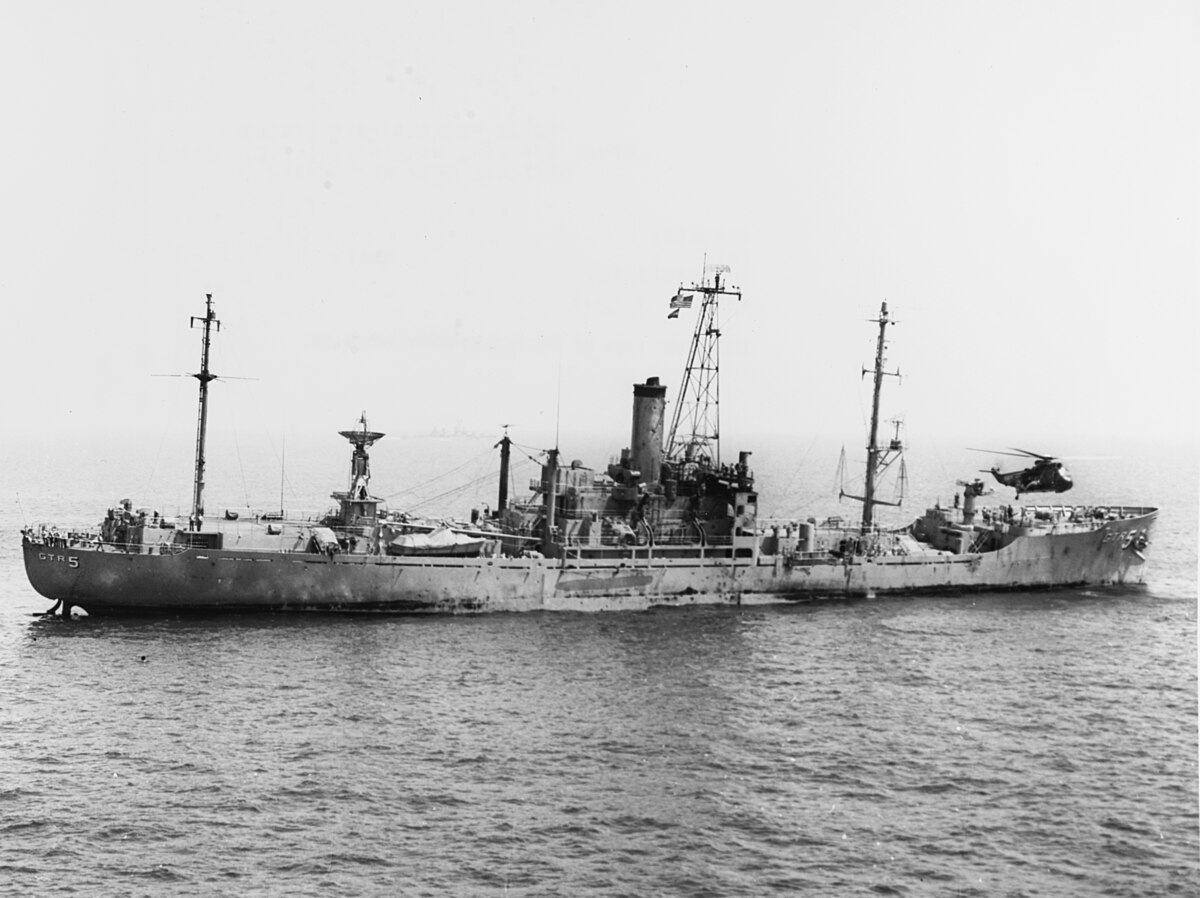So - spraying gas into the intake would be like spraying starting fluid into a carburetor. It makes the engine (fire) speed up some. In the case of a napalm bomb the total amount would pretty much have to be trivial that could make it down the intake. You certainly aren't going to displace enough oxygen to matter. Maybe a brief disruption to a boiler. Of which even destroyers had more than one.
if this did become problematic it would not be difficult to rig a saltwater sprinkler system to wash off flaming liquid. You don't usually want to put water on a gas fire. But if all you are doing is washing it off the side of the ship it is not really a big deal. The ships I was aboard in the Navy had such for decon purposes.
if this did become problematic it would not be difficult to rig a saltwater sprinkler system to wash off flaming liquid. You don't usually want to put water on a gas fire. But if all you are doing is washing it off the side of the ship it is not really a big deal. The ships I was aboard in the Navy had such for decon purposes.

